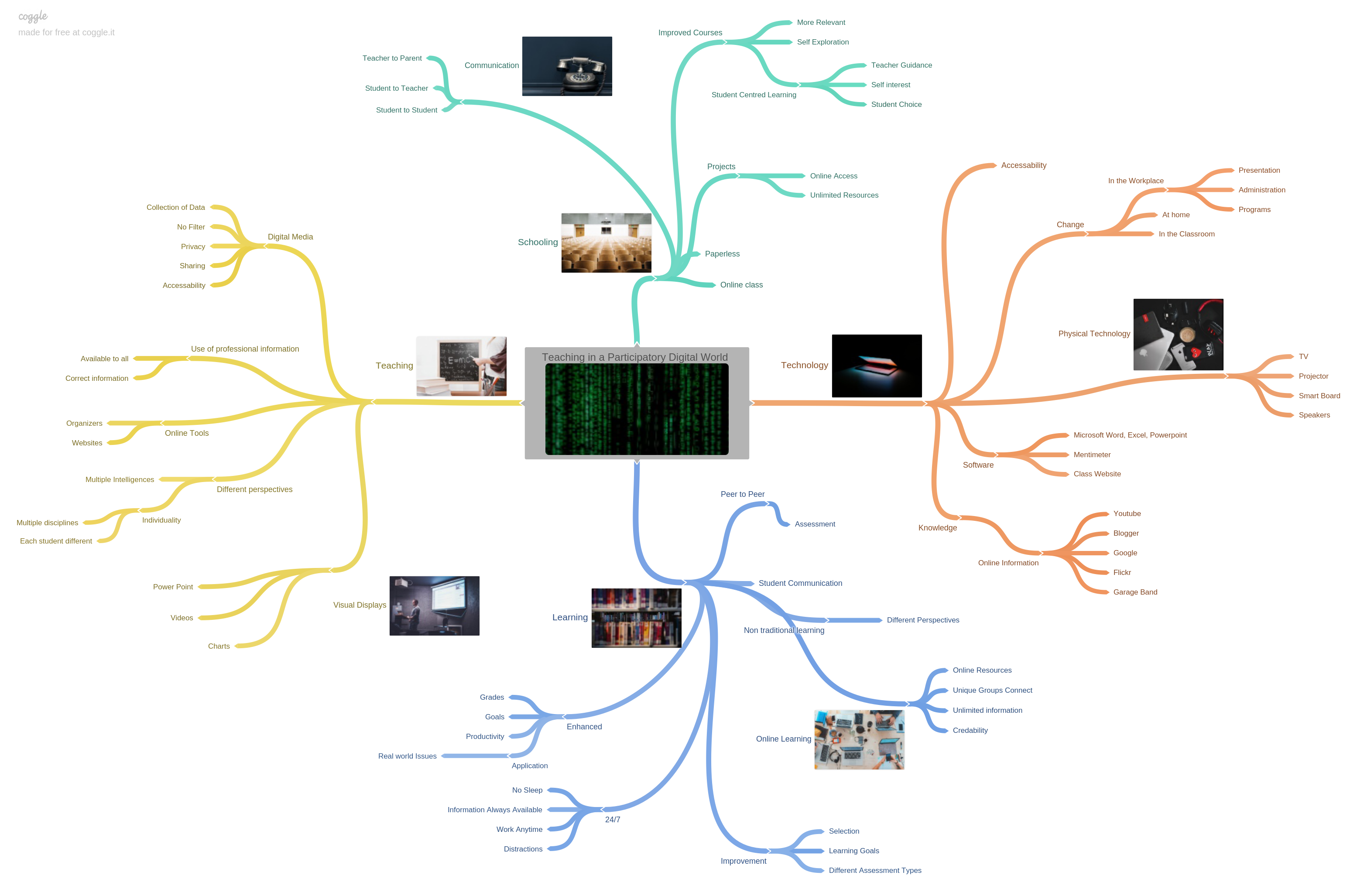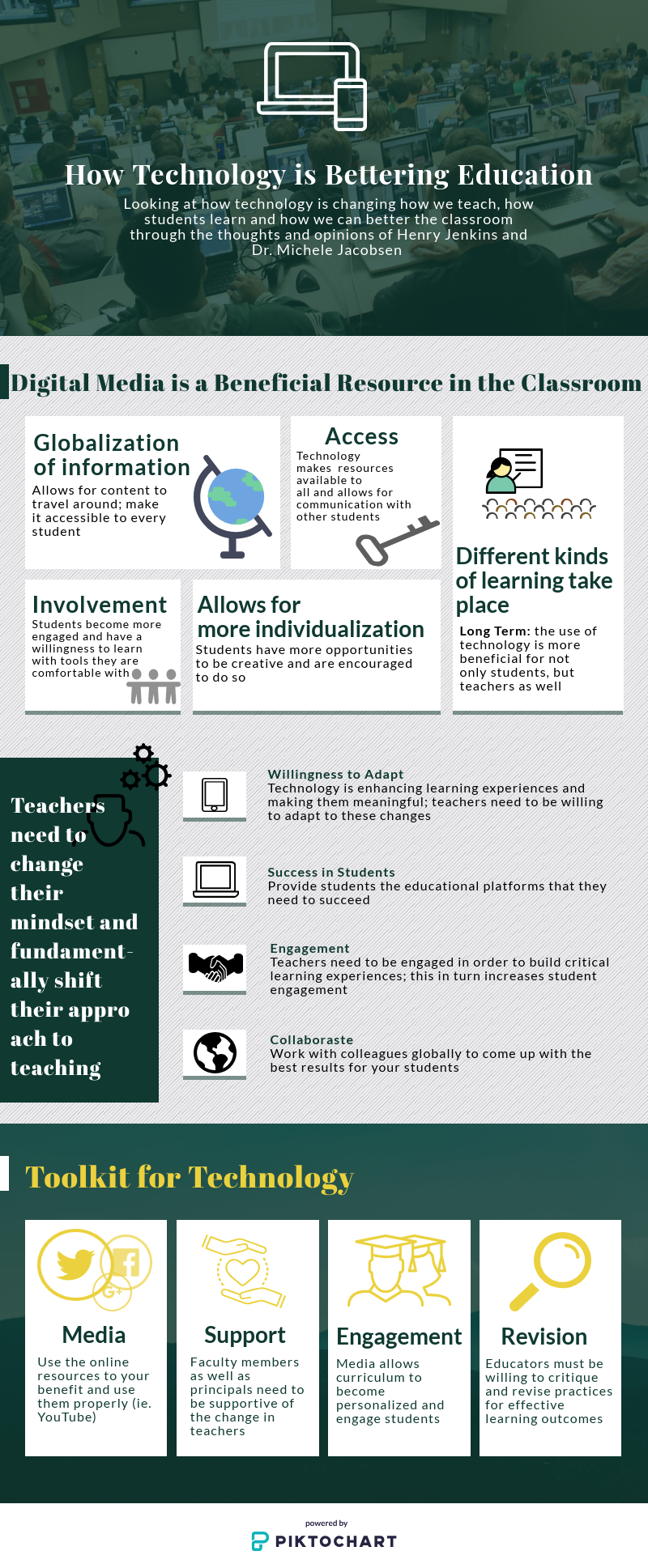eCampus Ontario’sOpen PD Modules Summary – Piktochart
For a separate window to view the Piktochart – click HERE
My response to the key points
Digital Literacies
I think that that I would agree completely that digital literacy is certainly complex. Recently I was speaking to a professor and they told me how he, and many other adults, assumed that my generation is completely tech savvy, but that was a false notion. Even though I have grown up in this new age, I still find it difficult in trying to navigate through the technology world.
Design-Thinking
After watching the video and reading the script on the design-thinking section I was still confused as to exactly what the process was because the description it gives in the script is different than the words and explanation that the video gives. From what I did understand I do agree that it is good to find solutions directly from the people affected instead of simply following some crazy idea that I haven’t even received any feedback for.
Empathize
This is a very important step in the design-thinking process as it is the root for the whole process. The goal is to connect better to learners and if I don’t know what the learners are really struggling with or wanting then I’d be stuck throwing darts in the dark.
Define
To me this is the hardest section of the module because I find it extremely difficult to pinpoint the true reason for the challenges of a learner. Often I have found it comes to learners not being motivated, but every learner is different and that makes it difficult to pinpoint what truly motivates them. This is why I find the empathize section to be so important because then I’m not left on my own to ponder the reasons behind learners’ lack of motivation.
Ideate
It seems daunting to try and simply create ideas about each potential technology and so it is extremely helpful to have links to various places that give ideas about what questions I should strive to answer and what technologies I can look through. Here is one example – website resource.
Prototype
This makes sense that now is where I would start to develop deeply into my top technology choice(s) otherwise I would be in the design process forever.
Connect
I also agree that I only start to connect my specific goals and curriculum aspects to my technology idea because there’s that potential that after I start using one during the prototype stage I may assess that the current one may not be the right fit for me.
Module Checklist
In terms of organization of modules and a summary section, this is great. It is concise and allows me to quickly assess whether I’ve done all that I needed to do and as a checklist I can visually cross things off which would give me a greater motivation by having a sense of accomplishment with each checkmark.
Extend
All in all I believe that the extend portion of the module for each section is one of the most important aspects. The extend truly helps go that extra mile that guides the process and sharpens every detail. Especially as someone who works much better with continuous feedback from other, the extend portion easily connects me to little hubs that allow me to put forth my ideas, receive feedback, and then tweak my ideas and plan afterwards. The extend truly enables me to have a fuller picture of the process and of what my actual goal in this is.




